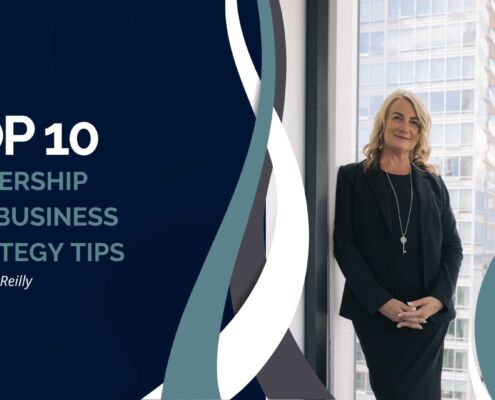Posts

Top 10 Leadership and Business Strategy Tips
Here are my top 10 leadership and business strategy tips that…

Five Strategies to Help Break Free From Imposter Syndrome
Imposter syndrome is a common experience many people face at…

Tactics to Help You in Periods of Professional Transitions
Do you find yourself answering "YES" to any of the questions…

PROJECT SUCCESS AND FAILURE POST-MORTEM
Institute a systematic project success and failure post-mortem…

